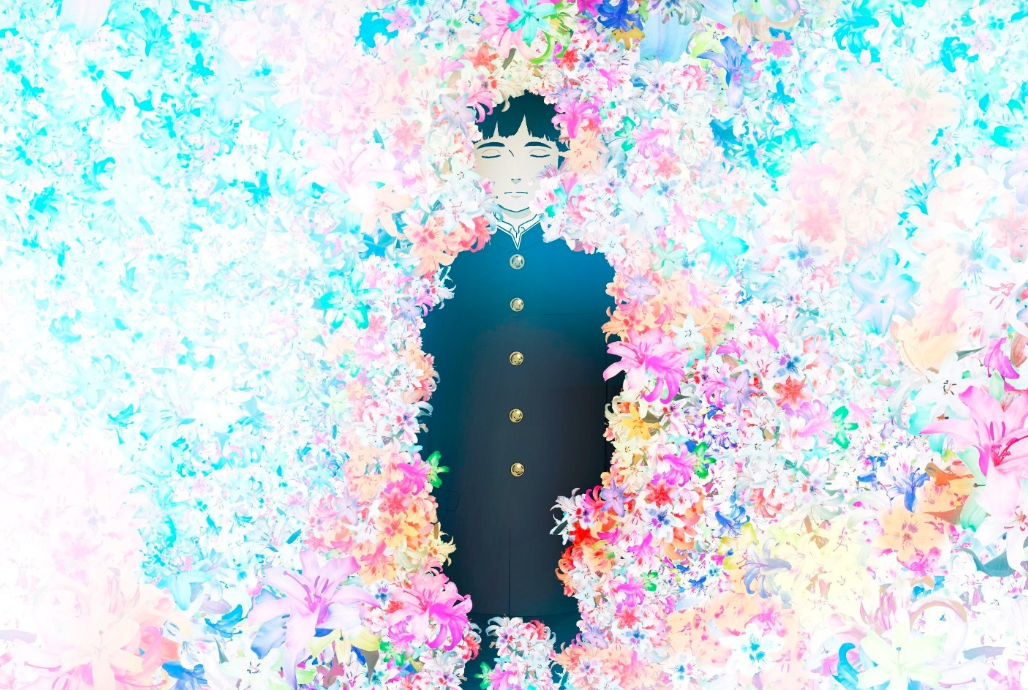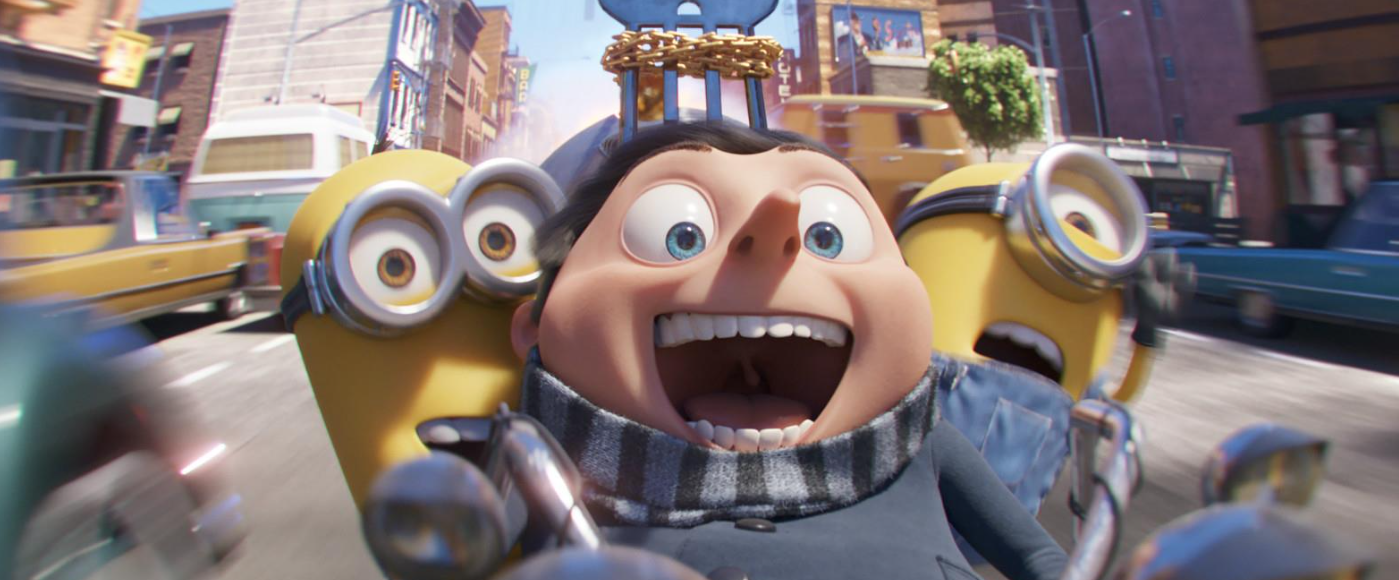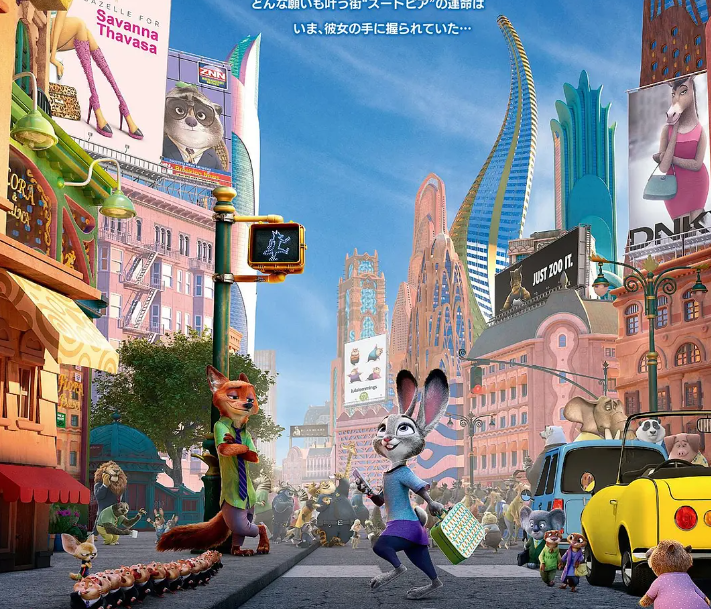
The Unexpected Lucky Pick: A long 14-year-old boy’s mind
A sin-filled wanderer “I”, however, draws a lucky pick to be reborn from the angel Papua and enters the body of 14-year-old Make Kobayashi in order to complete a journey of atonement. Junior three students Xiao Lin really have witnessed the love of the girls looking for incense and middle-aged uncle do aid, mother and teacher together out of the hotel after the tryout, finally cannot bear to choose to take sleeping pills suicide. After “I” woke up as Kobayashi, I angrily exposed all kinds of disguises of people around me, and at the same time learned to reconcile with life in relief. However, the rebirth time is only half a year. Seeing the deadline approaching, can “I” still complete this atonement practice?
An anime adaptation of the book of the same name by Japanese fiction writer and Naoki Award winner Emido Mori, The Accidental Lucky Pick, tells such a story.
The “teenage heartaches” of adolescence are a common theme in Japan’s bestselling literature, and the motivation is nothing more than “my pain is ignored by others,” whether it is due to my own suffering or external pressure. Perhaps one of the highlights of the original work is that it places this melancholy emotion in a situation where reality and fantasy are interwoven. Although the setting of the world view is fictional, the dilemma faced by each character is full of real sense of substitution.
As a female writer, Mori has won awards in the field of children’s literature for her previous works, such as The Orphan of the Universe and The Moon Boat. Naturally, she is very good at interpreting the thoughts of young people. The novel was published in 1998. In 1999, it was adapted into a 10-word radio drama, with Taka Kiki as the voice of the main character, Maki Kobayashi. But the radio series had less of an impact and was later adapted into a live-action film in 2000, directed by Toshihiro Nakahara, written by Yoshimitsu Morita and starring Sansei Tanaka, a member of J-family group KAT-TUN. By the way, this was also Tanaka’s first film role, when he was only 15. In 2010, Hara brought it to the screen again, only this time using the animation technique. Although a decade has passed since the original novel was released in 2010, time has not diluted the emotional temperature, and viewers can still find a dimension to their thinking from the seemingly mundane but common experience of 14 years old.
“Rebirth” is only the beginning of the story; the protagonist is not only “me”. The focus of the narrative avoids the huge topic of life and death, and the perspective is projected to each specific individual. Classmates seeking incense in order to afford expensive jewelry, not hesitate to become a female aid; The nervous singer saw Xiao Lin being bullied in public, or out of cowardice turned his head; There is also the girl who is the bottom of the class, because they do not want to take the exam aimlessly in the street. People who seem to have their own misfortune and unhappiness are in fact the same not “Colorful”.
As can be seen from the original title “Colorful”, the colorful theme is the focus of the show and the metaphor of color is used throughout. For the first 70 minutes, the film takes on a gloomy, grey tone. In reality, everyone’s adolescence seems to have more or less produced the mood of world-weariness, the pressure of going to school, and the conflict with family members, even though it seems to be some trivial things now. Once you find the emotional entry point, it’s easy to empathize.
As the rhythm of the second half picks up, the multi-faceted personalities of the characters begin to unfold one by one, and the colors become warmer. Supervisor Each Hara consciously connects the plot through the tabletop scene, which is also different from the original content. As the climax of the film, a family sitting around the hot pot scene can probably show that, indeed, the answers to these problems in life are on the table, and there is no problem that hot pot can’t solve.
As it was born out of children’s literary works, the core of the film is very simple and healing: “Everyone is strange and ordinary, and it is also common to have strange and crazy ideas”, “people have more than one color, there are many colors, there is no problem, beautiful colors, and dirty colors”. Out of the same background music composition point of the paragraph, the Japanese national class songs “letter, addressed to himself at 15 (toilet paper ~ 15 の 拝 koi Jun へ ~) rings, theme is self-evident.
Each Hara’s style as a supervisor has always been identified with the temperament of Japanese master film director Yasujiro Oz. It’s hard to say what Hara has to say for the audience, but it’s the human touch that makes her work the most interesting. Since he stepped out of the framework of “Crayon Xiaoping” and served as the supervisor of independent works, no matter from the initial “River Children’s summer”, “The Unexpected Lucky Sign”, including the “Hundred Days Red” after that, he has a strong everyday atmosphere, and takes emotional outpouring as the main shaft of his works. Hara has always refashioned the flamboyant forms of expression and the “most anima-like aspects” of the animation, or in other words, the stories are more like real life than they are called animation, only in the form of animation.
The exquisite control of the emotion of the characters is also a distinctive feature of Haiti Yuan, specific to the “accidental lucky sign”, the most striking is the main line from the second half of the beginning – Kobayashi real and early Yi female emotional clues. In the paragraph of their journey to find the relic of “Judean” trolley car, the black and white photos (actually hand-painted background) intersect with the animated picture, and the narrative rhythm also follows the trolley car in the two people’s brains, which changes from long and low to brisk. The scene that can only appear in the imagination is actually very realistic after it is shown in the way of animation.
It’s best done by animating the original — a tone that Hara had in mind long before production began. Although he confesses that he was tempted to “why not use the strengths of animation”, the result is a no-frills presentation.
However, although the painting style of the whole film is mainly realistic, there is still only one character with a special “animation sense”, Parra, the adult image of the original has been adapted into a sophisticated tone of a child. With his Western boy face, suit and curly hair, it is believed that since he has made such a typical Atlantic boy, then Parra must be an angel. If the “I” -possessed Kobayashi is really the story’s bright line, Parra acts as a guide and, at the end, a flashpoint for the audience’s tears.
Most of Hara’s previous works were children’s animation, including Daemon theatrical version, the first book and Crayon Shin-shin theatrical version, etc. His long-term involvement in children’s animation has helped him to have a better understanding of children’s psychology. He left SHIN-EI Animation in 2007 after 20 years of employment. The Lucky Sign is his first work since his retirement, but it is still related to his last work, The Summer of Ha Boy, which was completed during the SHIN-EI period. As early as “The River Children” was being prepared, Kenji Uchida, who had not yet become Sunrise’s president, handed the original “The Unexpected Lucky Pick” to Each Hara, hoping to make it into a movie. The reason why the passage about the trolley car was chosen at Ordain is because she saw an exhibition to commemorate the 100th anniversary of Ordain when “summer of the River Boy” was made public, and took this as an opportunity to choose a small 2,000-meter anvil line. In addition, there is a lot of overlap in the production team harmony and excellence. In a way, it can be said that these two works are a continuation and inheritance relationship, from the innocence of the River Children in summer to the teenage mind of the Accidental Lucky Sign, which is also the growth process of the supervision itself.


